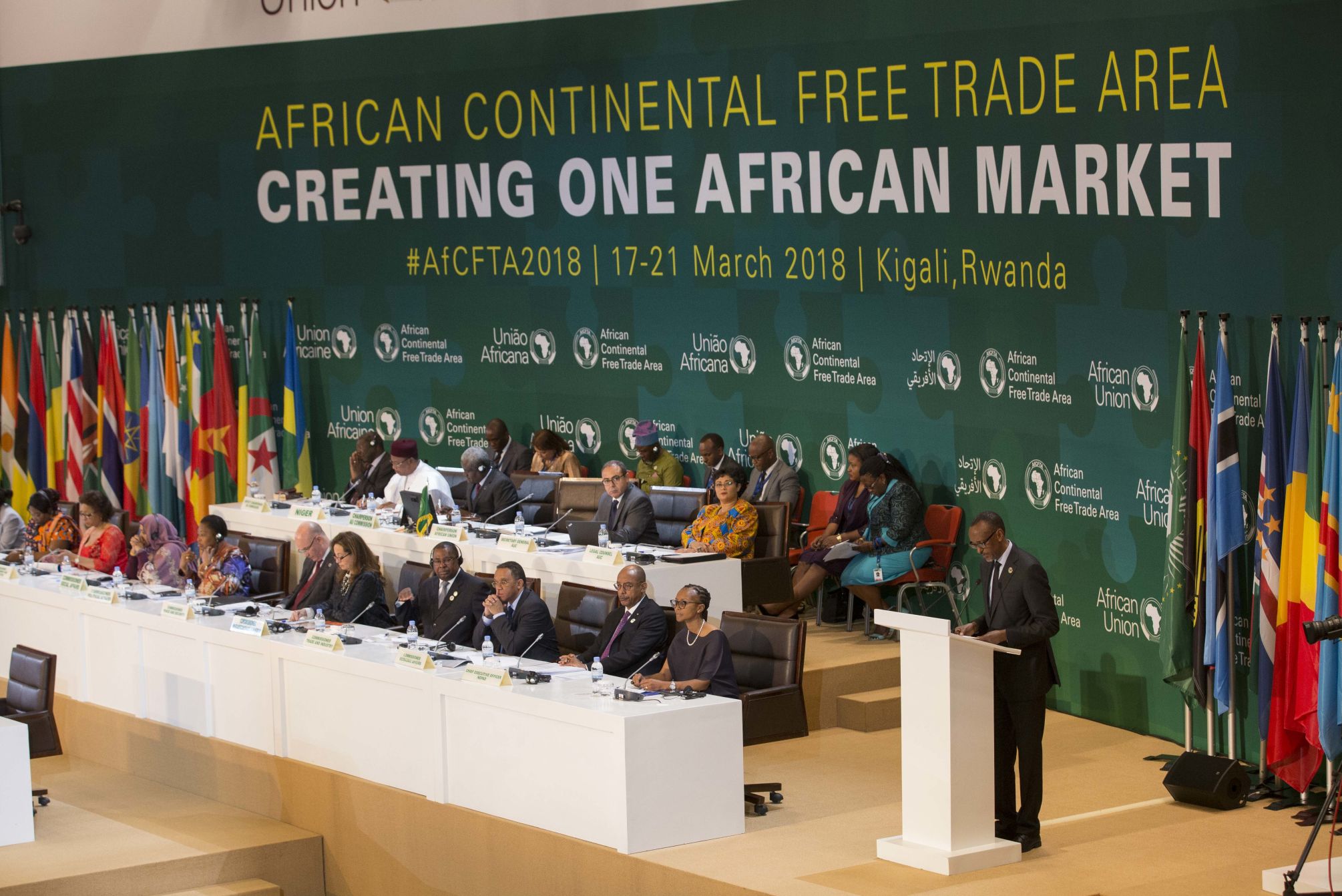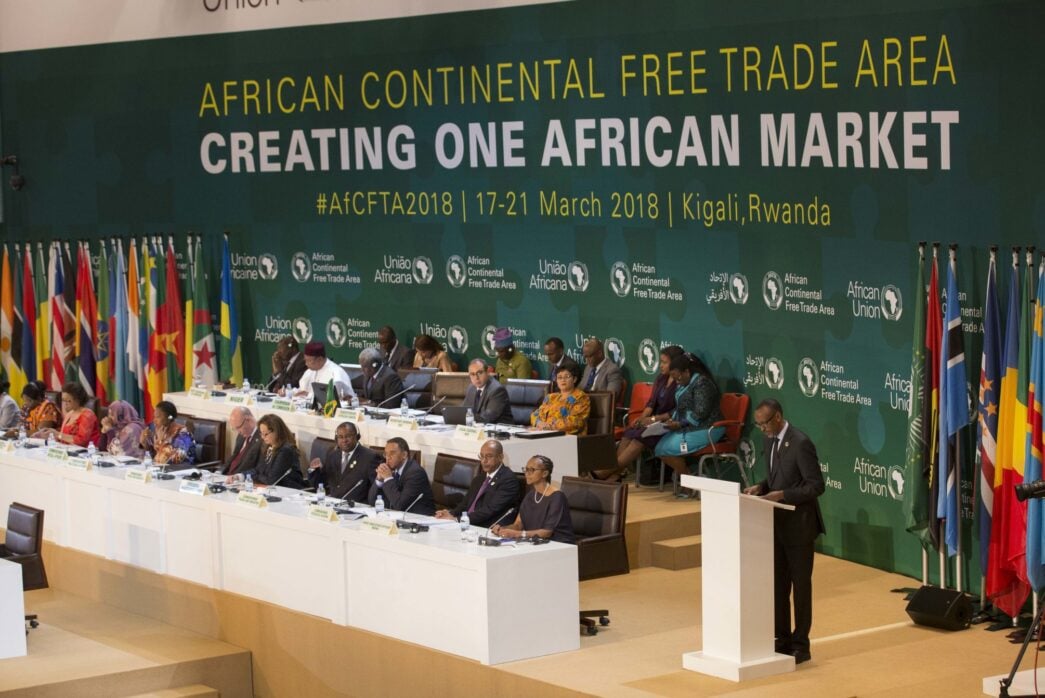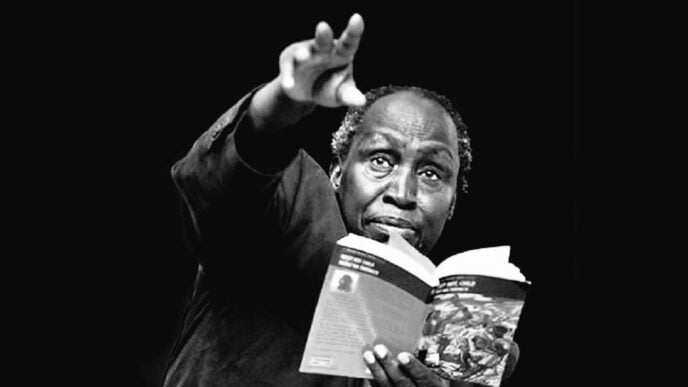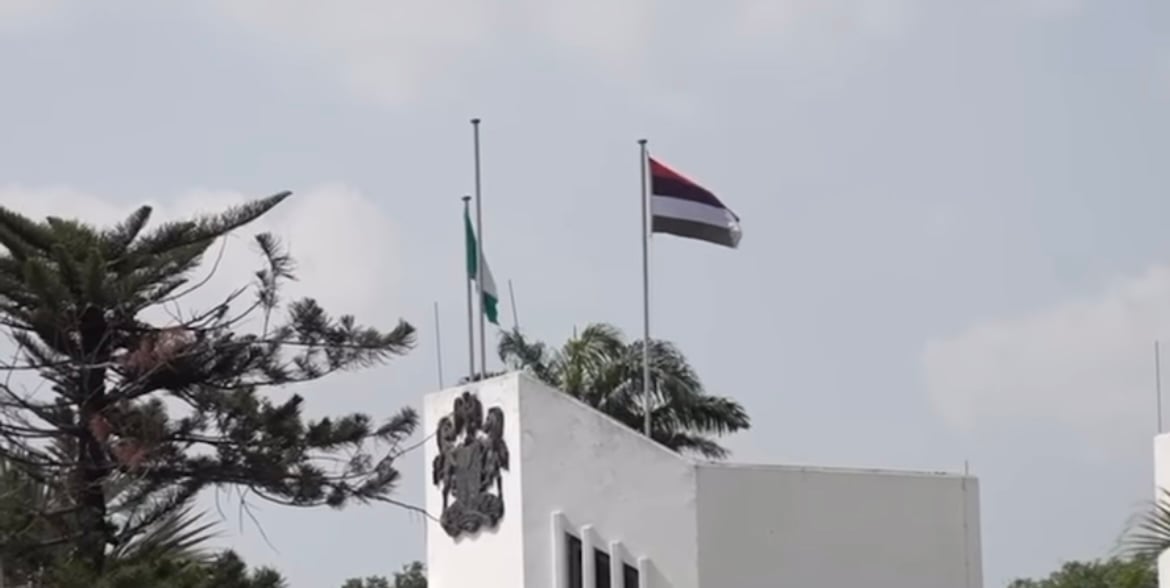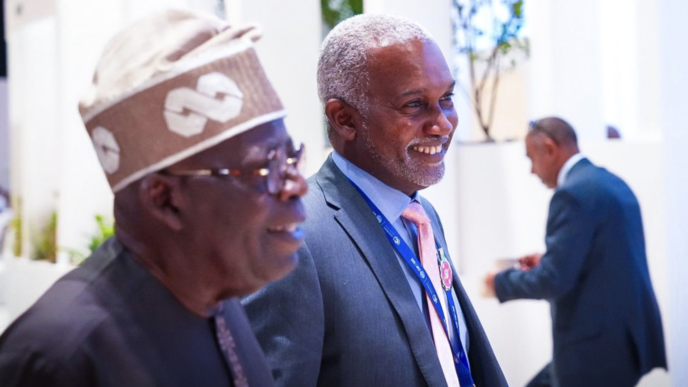BY AYOTUNDE ABIODUN
It should not cost over $1,000 to fly between two of Africa’s most prominent cities. Yet, a recent round trip between Lagos and Nairobi cost just that—about $1,200. For a continent whose economic future rests heavily on the success of integration and intra-African trade, this is not just an inconvenience; it is an indictment of a failed mobility system. The high cost of travel within Africa is one of the most under-discussed yet consequential barriers to trade, tourism, and unity. At the heart of the problem lies a transportation crisis that is both structural and political in nature.
Despite its bold promises, the African Continental Free Trade Area (AfCFTA) is being quietly undermined by logistical realities. The agreement, which aims to boost intra-African trade by reducing tariffs and harmonising regulatory standards, assumes that goods and people can move freely across borders. But when air travel between African capitals is often more expensive than trips to Europe, Asia, or the Middle East, the very foundation of regional trade is shaken. A trader in Nigeria should be able to access markets in Kenya, South Africa, or Rwanda without incurring the typical travel costs associated with transcontinental journeys. In reality, such access remains largely aspirational.
One of the key reasons for these exorbitant costs is the lack of a unified airspace. Unlike Europe’s single aviation market, African airspace remains fragmented, with most countries maintaining protectionist policies to shield national carriers. As a result, African airlines operate in silos, leading to inefficient route structures and low passenger volumes, which in turn drive up prices. In many cases, passengers must transit through hubs in Europe or the Gulf to travel between two African cities—an absurd detour that reflects just how broken intra-African connectivity remains.
Advertisement
Beyond the aviation sector, the challenge extends to road and rail infrastructure. Border posts are notoriously inefficient, riddled with bureaucracy, corruption, and delays. Inter-country highways are often poorly maintained or non-existent, and rail connectivity is minimal at best. For landlocked countries in particular, this poses an enormous challenge, making trade prohibitively expensive and time-consuming. This infrastructure gap does not merely inconvenience individuals—it chokes regional economies, discourages cross-border investment, and limits the scalability of African enterprises.
Tourism, too, suffers deeply from this transportation dysfunction. Africa is home to some of the world’s most breath-taking landscapes and vibrant cultures, but Africans themselves are largely priced out of exploring their continent. A South African tourist is more likely to visit Thailand than Ghana. A Nigerian honeymooner might find it cheaper to vacation in the Maldives than in Seychelles. This is not a reflection of preference—it is a reflection of price and access. The consequence is the steady haemorrhaging of tourism revenues that should be circulating within Africa but instead flow outwards, enriching foreign markets at the expense of domestic industries.
The cost of movement also has profound psychological and socio-political consequences. A continent that cannot physically connect its people cannot expect to cultivate a truly pan-African identity. Cultural exchange, regional solidarity, and the fostering of African unity depend not just on shared history or vision but on tangible interactions—students studying in neighbouring countries, creatives collaborating across borders, entrepreneurs networking beyond national lines. When mobility becomes a luxury, these organic forms of integration wither.
Advertisement
There have been attempts to solve this problem. The Single African Air Transport Market (SAATM), launched in 2018, was meant to liberalise airspace and create a unified market for aviation in Africa. Yet, progress has been slow, with only a fraction of African Union member states implementing its provisions. National interests, particularly the desire to protect state-owned carriers and control air routes, have repeatedly taken precedence over collective benefit. Similarly, visa openness remains inconsistent, with some regions making strides. In contrast, others still adhere to rigid, colonial-era entry policies.
Fixing Africa’s air transport problem requires a fundamental shift in political will and regional cooperation. Governments must prioritise transport as a key enabler of development rather than a secondary concern. Investments in transnational rail, modern highways, and efficient border controls should be matched with reforms in the aviation sector. African airlines must be encouraged—if not compelled—to collaborate through code-sharing agreements and joint ventures. A continent of 1.4 billion people should not have empty airports and half-full aircraft on its most strategic routes.
More broadly, the conversation about African development needs to move beyond trade agreements and summits to the actual systems that facilitate trade. AfCFTA cannot succeed on rhetoric alone. It must be backed by a transport revolution—one that makes it easier, cheaper, and faster for Africans to reach each other. Until then, the cost of simply moving across the continent will continue to be one of the biggest hidden taxes on Africa’s future.
Ayotunde Abiodun is an analyst at SBM Intelligence
Advertisement
Views expressed by contributors are strictly personal and not of TheCable.
